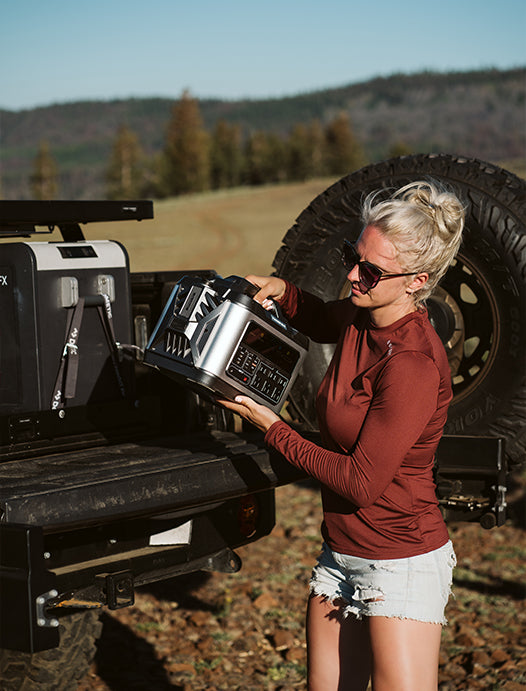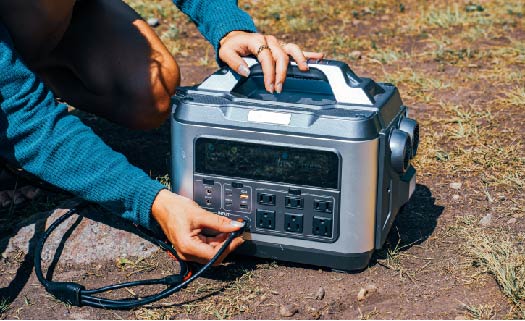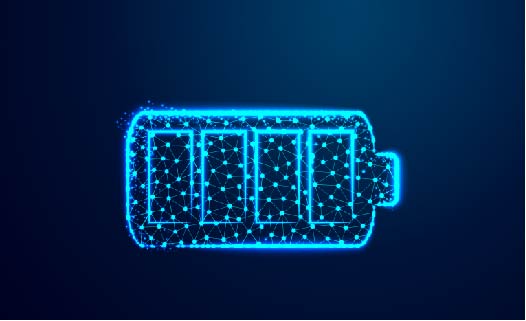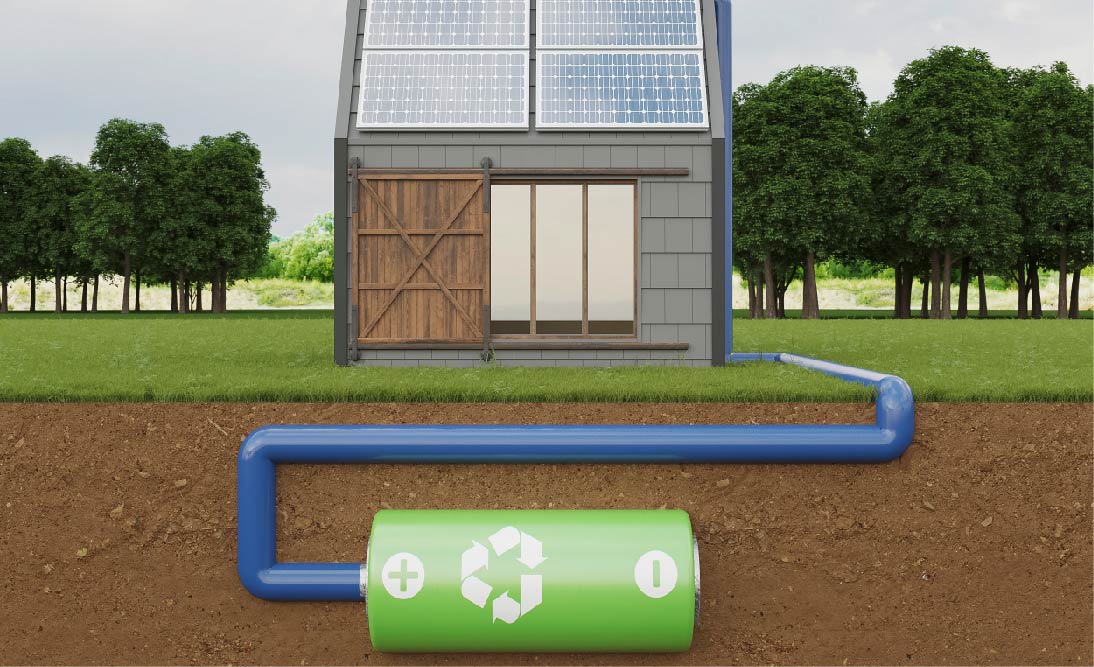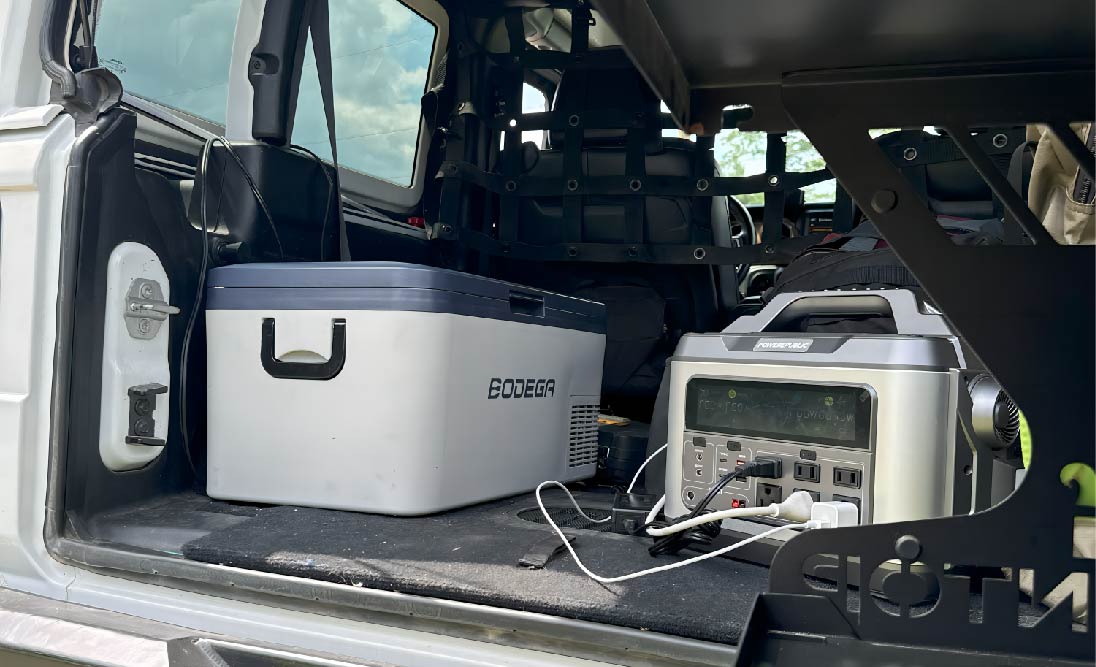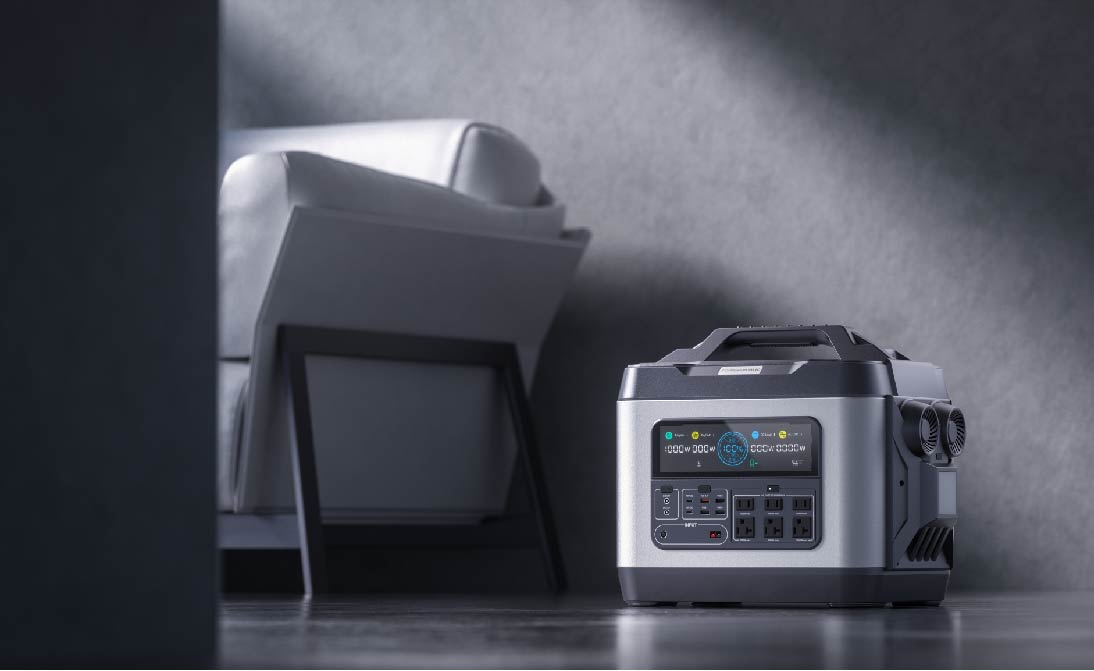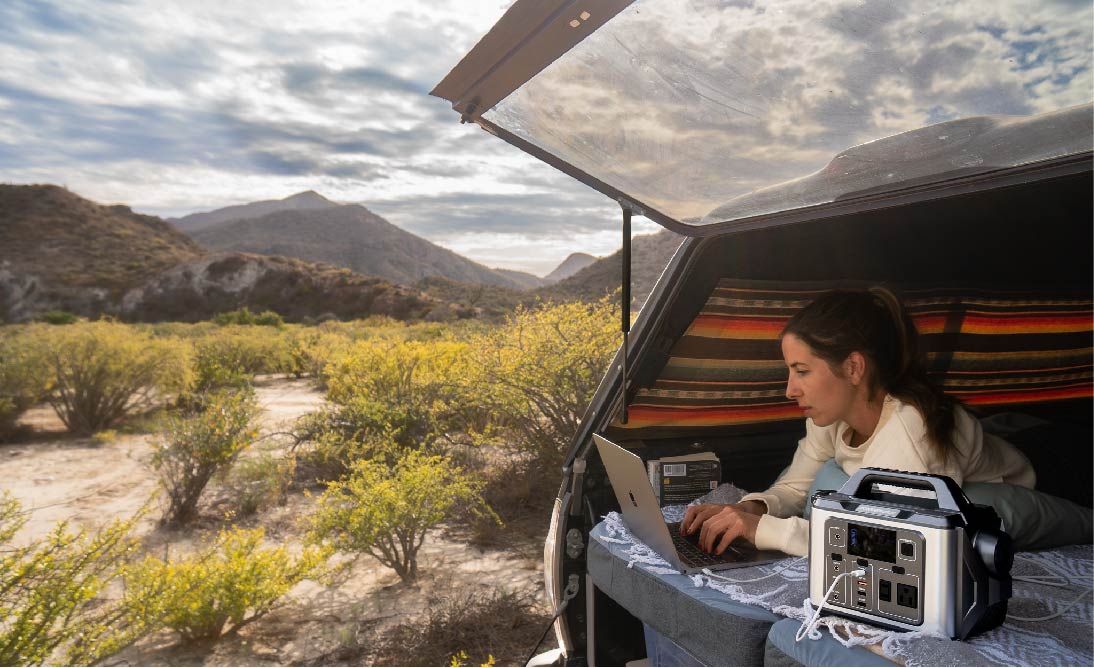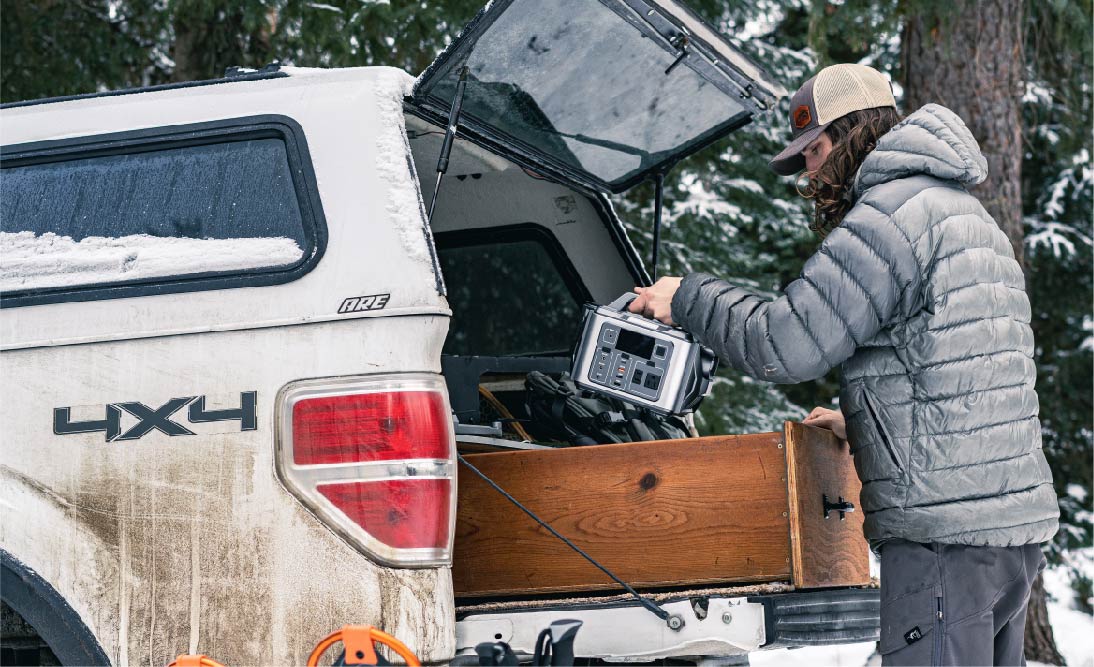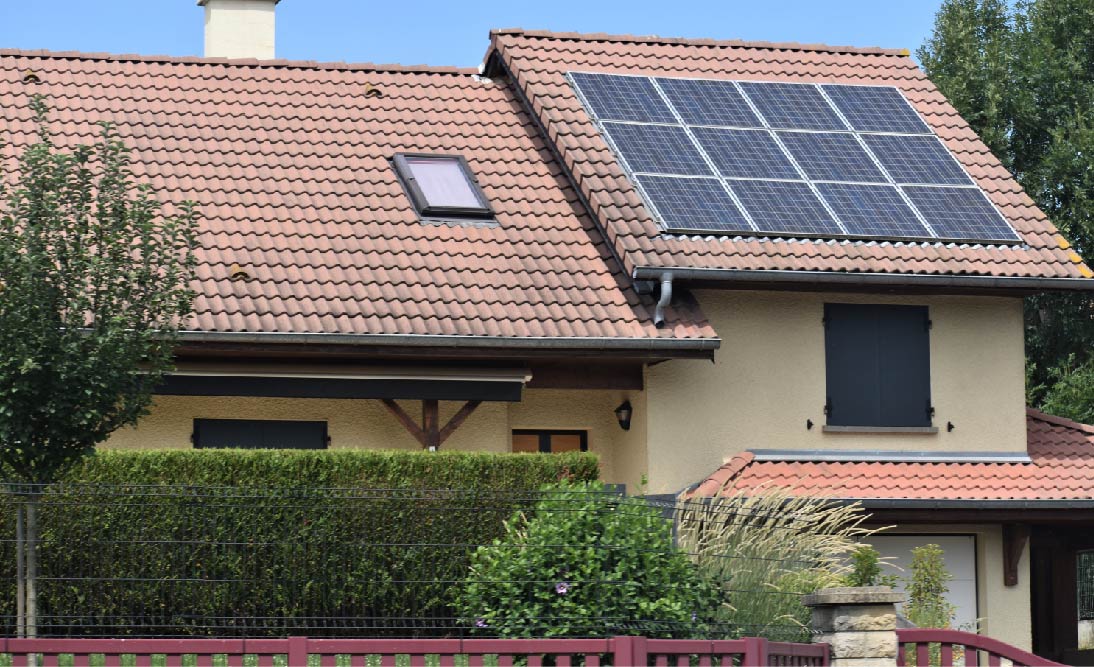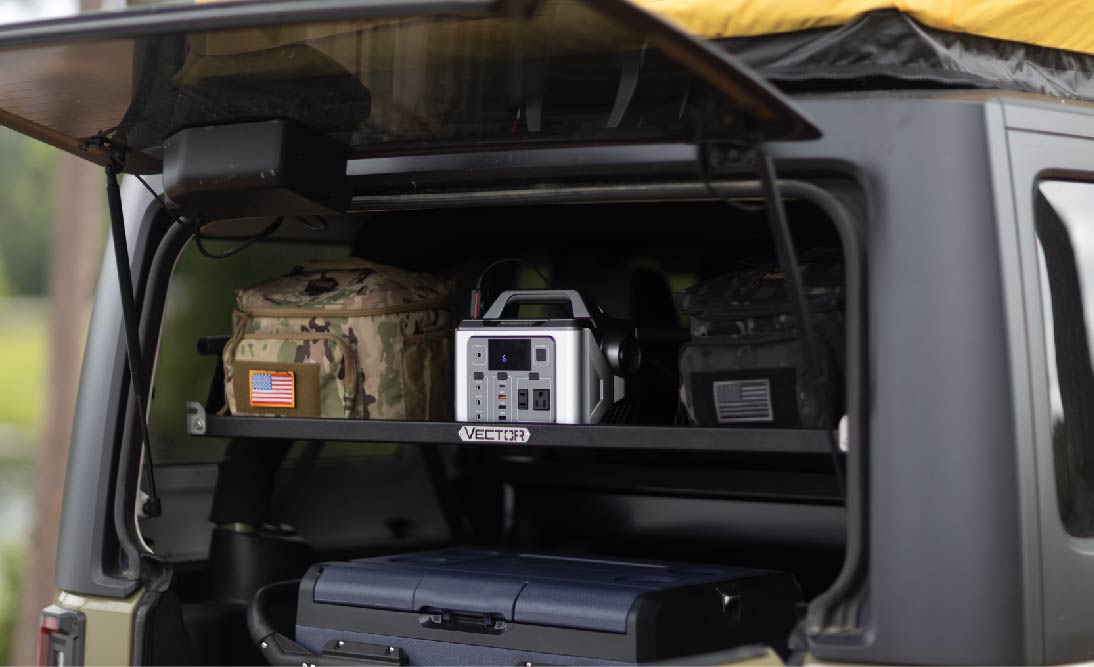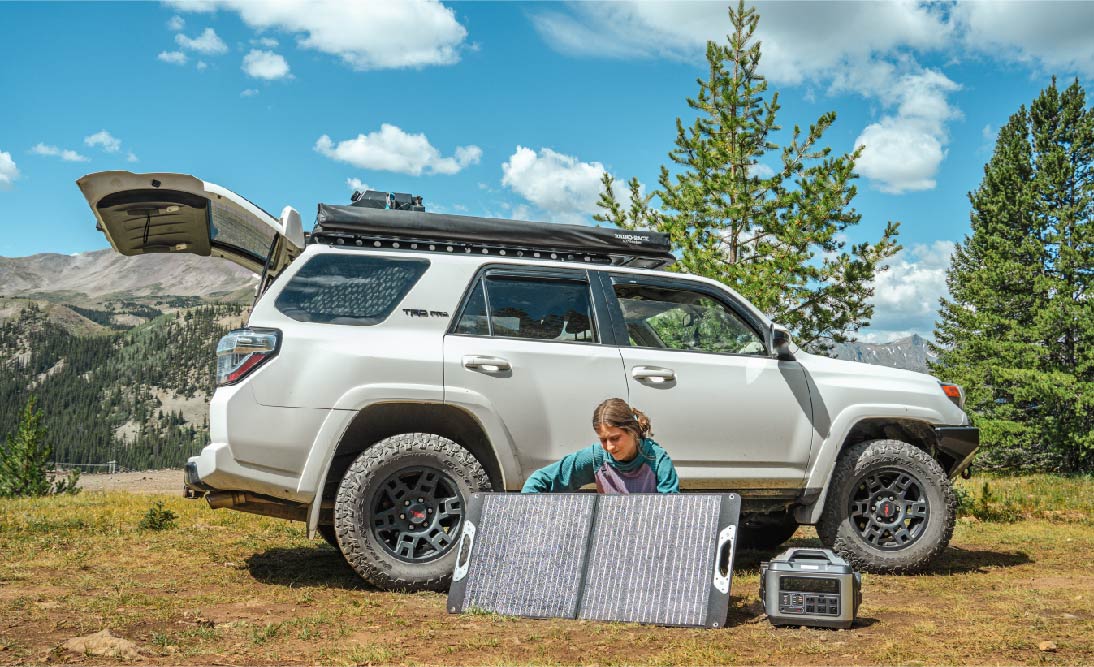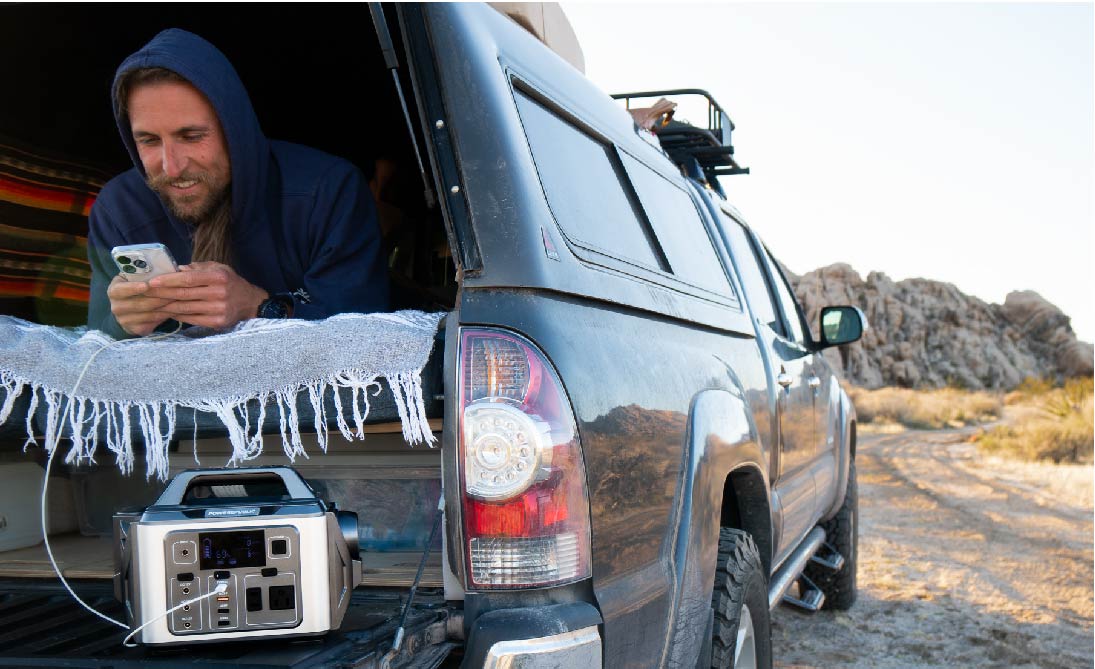Having A 3000-watt solar generator kit is considered a great choice for home backup and emergency uses during power outages. Most of our home appliances are rated no more than 1800 watts. This means that a 3000-watt solar generator is capable of powering almost all of our home appliances individually. The only thing we need to pay attention to is the total input power should not exceed the rated power of 3000 watts.
Difference Between Watt, Watt Hour, And Amp Hour
Different solar generator brands often include the battery capacity(Wh) and rated power (W) when marketing the product. Take, for instance, the POWEREPUBLIC T3000 3000W/3200Wh solar generator.
Now, you might wonder about the differences between Watt (W), Watt Hour (Wh), and Amp Hour(Ah), Here are how they differ from each other:
Watt
A watt (W) is a unit of measurement used to express the power output or capacity of the unit. It indicates how much electrical power the portable power station can deliver to run various devices and appliances. The wattage rating is crucial in determining what types of electronics or appliances the portable power station can support and for how long it can power them before requiring recharging. Typically, portable power stations come with wattage ratings ranging from a few hundred watts to several thousand watts, depending on their size and capacity.
Watt Hour
A watt-hour (Wh) is a unit of measurement used to express the energy capacity of the unit. It represents the total amount of electrical energy the portable power station can store and supply over time. Watt-hours are crucial for understanding how long a portable power station can power specific devices or appliances before needing to be recharged.
For example, if a portable power station has a capacity of 500 watt-hours, it can theoretically power a device that consumes 100 watts for 5 hours (500 Wh / 100 W = 5 hours) before the power station's battery is depleted.
Watt-hour ratings help users estimate the runtime and suitability of a portable power station for their specific energy needs.
Amp Hour
An amp-hour (Ah) is a unit of measurement used to express the charge capacity of the unit's battery. It represents the total amount of electrical charge the portable power station's battery can store. Amp-hours are commonly used to describe the capacity of batteries, including those used in portable power stations.
For example, if a portable power station has a battery with a capacity of 50 amp-hours (50 Ah), it means the battery can deliver a continuous current of 1 ampere for 50 hours, 2 amperes for 25 hours, or any combination that equals 50 ampere-hours.
Amp-hour ratings are important for understanding the storage capacity of the portable power station's battery. They help users estimate how long the power station can provide power at a certain rate before needing to be recharged or depleted.
How Essential It Is To Distinguish?
When it comes to selecting the right solar generator to meet your energy needs, technical terms like Watts and Watt Hours play a crucial role. Knowing the distinction between these terms is essential for making an informed choice that aligns with your power requirements.
When evaluating a solar generator, it's vital to consider both the stated Watts and Watt Hours. Let's break it down with an example:
Take our T3000 solar generator, for instance. It features a built-in pure sine wave inverter with a power rating of 3000 watts and a capacity rating of 3200 watt-hours. What does this mean?
-
Watts (W): The inverter can accommodate appliances rated between 0 - 3000 watts. If an appliance's power exceeds 3000 watts, the T3000 solar generator won't be able to power it.
-
Watt Hours (Wh): The capacity of the generator's battery is 3200 watt hours. This higher capacity (Wh) enables you to power appliances for an extended period, as long as they fall within the generator's rated wattage.
In summary, understanding these technical specifications empowers you to choose the solar generator that perfectly matches your energy requirements. Whether it's for emergency backup, outdoor adventures, or everyday use, the right solar generator ensures you have reliable and uninterrupted power.
POWEREPUBLIC T3000 Solar Generator Kit And Its Functionality
To determine what kinds of devices and appliances can be powered and for how long they can be powered, you'll require the rated power of the devices and appliances and the battery capacity of the unit. You can calculate the duration using the following formula:
Running Time(h)=Watt Hours of the Solar Generator(Wh) / Power of the appliances(W)
We have written an article about why we have to multiply by 0.85, CLICK to learn more.
The table below shows the functionality of the POWEREPUBLIC T306 Solar Generator Kit:
|
Model |
LCD TV (100-150W) |
Mini-Fridge (150W) |
Heavy-Duty Appliances (1000W) |
Microwave (1000W) |
Vacuum (1000W) |
AC (1500W) |
|
300W |
Y |
Y |
|
|
|
|
|
1200W |
Y |
Y |
Y |
Y |
|
|
|
2200W |
Y |
Y |
Y |
Y |
Y |
Y |
|
3000W |
Y |
Y |
Y |
Y |
Y |
Y |
Specs Of POWEREPUBLIC T3000 Portable Power Station

Our T3000 is designed for both outdoor campers and indoor home backups. It’s able to power most appliances on the market from mini-fridges to coffee makers to microwaves.
Tech Specs:
-
3,000W, surge 6,000W
-
3,200Wh Capacity
-
3 Recharging Options(AC/Solar/Car)
-
LiFePO4 battery with more than 3000 Life Cycles
-
15 Output Ports
-
Off-grid Energy Storage& Home Backup
Conclusion
We hope you find this article informative and after reading it, you'll have a better idea about what a 3000-watt solar generator can power. In the future, you will be able to select the most suitable power station for your needs.
Learn more about POWEREPUBLIC T306.
Learn more about POWEREPUBLIC T1200.
Learn more about POWEREPUBLIC T2200.
